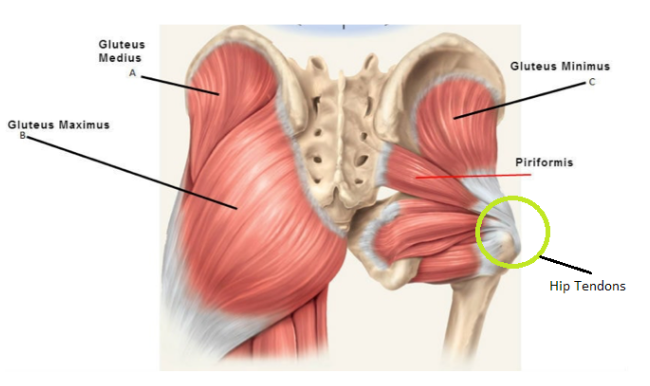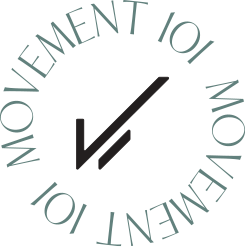|
What is it?
be various reasons why someone would experience lateral hip pain but the most common reason is due to a breakdown of the gluteal tendons (also known as gluteal tendinopathy).
Tendons are strong fibrous collagen tissue which connect muscles to bone. In this condition, the gluteus minimus and gluteus medius tendons are specifically involved in causing the problem. Both these muscles are important for stabilising the hip. When these tendons are exposed to excessive amounts of load, it results in a breakdown of the tendon fibres at the point where it inserts into the hip joint, causing hip pain and weakness in the hip muscles. If excessive load continues over a period of time, micro tears develop in the tendon which can progress to partial and full tears. Lateral hip pain commonly coexists with conditions like lower back pain, hip osteoarthritis and obesity. What causes it?
Who is most at risk of developing this condition?
What are the symptoms? People with lateral hip pain commonly present with :
Other causes of lateral hip pain
Cortisone injections? Cortisone injections are effective in relieving lateral hip pain in some individuals. It is generally recommended as a complementary treatment to physiotherapy to help relieve symptoms so that the patient can commence a hip strengthening program. The injection is more likely to be successful when guided by ultrasound rather than based on point tenderness. How long does it take to get better? Your rate of progress will vary depending on the severity and duration of your symptoms, how it occurred, age, gender and exercise history. For most people, it will take 6 to 9 months of focused rehabilitation to make a return to full activities without pain. It is normal to have periods of increased pain or flare ups during this time. If this happens, you may need to reduce your exercise load until the pain settles down. What can I do about it? Just like most injuries, lateral hip pain is often caused by excessive loading. Exercises to help strengthen the area will help healing and returning to normal activity. Below are the steps we would typically follow to help our patients return to their meaningful activities. Calm symptoms down Ice Anti-inflammatories (short-term only) Reduce / modify training loads Reduce aggravating activities Avoid crossing legs Avoid sleeping on symptomatic side of hip Use pillow between legs when sleeping on side at night When you are standing still, avoid leaning on one hip and keep your weight evenly through both feet Graded strengthening and gradual return to activity Graded exposure to load Sports/activity specific training Comments are closed.
|
AuthorWrite something about yourself. No need to be fancy, just an overview. Archives
April 2024
Categories |
|
|
|



 RSS Feed
RSS Feed









